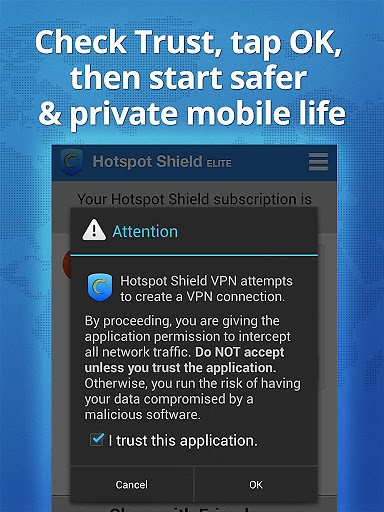

Single-cell RNA sequencing (scRNA-seq) is a key technique for the analysis of cell-to-cell heterogeneity and projects aiming at analyzing the transcriptome of all cells from complex organisms have been initiated (e.g., Human Cell Atlas 1, Tabula Muris 2).

We analyzed transcript isoform diversity in embryonic mouse brain and show that ScNaUmi-seq allows defining splicing and SNVs (RNA editing) at a single cell level.
#3 hotspot shield vpn proxy unlimited vpn full
UMI guided error correction allows to generate high accuracy full length sequence information with the 10x Genomics single cell isolation system at high sequencing depths.

We introduce ScNaUmi-seq, an approach that combines the high throughput of Oxford Nanopore sequencing with an accurate cell barcode and UMI assignment strategy. Yet, those techniques are limited by low sequencing depth and/or lacking or inaccurate assignment of unique molecular identifiers (UMIs), which are critical for elimination of PCR bias and artifacts. To overcome this limitation, several approaches that use long-read sequencing were introduced recently. In consequence, information on splicing and sequence heterogeneity is lost. However, those approaches only allow analysis of one extremity of the transcript after short read sequencing. Droplet-based high throughput single cell sequencing techniques tremendously advanced our insight into cell-to-cell heterogeneity.


 0 kommentar(er)
0 kommentar(er)
